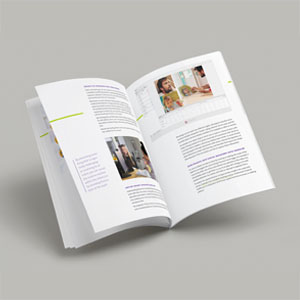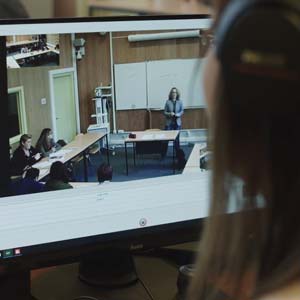How to build a consumer behavior research lab?
In order to get off to a good start, it is best to describe the research or tests that are going to be performed in detail.
Posted by
Published on
Fri 07 Jan. 2022
Topics
| Consumer Behavior | Emotion Recognition | Emotions | Labs | On-site Research | Portable Lab | The Observer XT | Eye Tracking | Facial Expression Analysis |
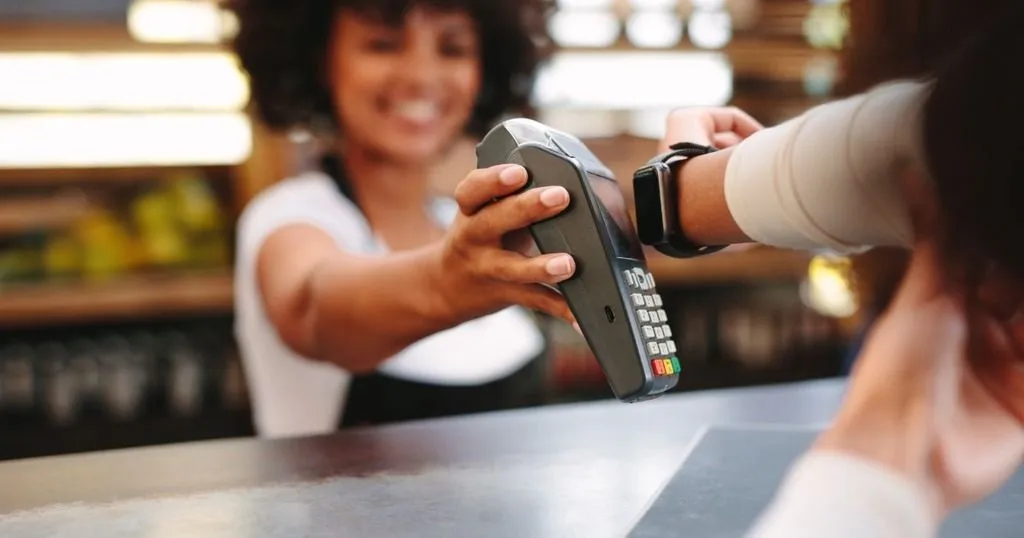
Really knowing your customer is very important. It's widely known that emotions define our mood, and our mood has a great impact on our buying behavior. No wonder researchers, advertisers, and marketers are interested in understanding emotions. They play a key role in non-verbal communication and are essential to understanding human behavior.
How to build a consumer behavior research lab?
Measuring consumer behavior enables you to really know your customers and get key insights into consumer preferences and buying behavior. A Consumer Lab is designed to allow you to observe your test participants unobtrusively. But how do you build a consumer behavior research lab?
In order to get off to a good start, it is best to describe the research or tests that are going to be performed in detail. How will you measure the consumer behavior? For instance, will you just show pictures of food items, or do people actually get to taste them? Will you be looking into facial expressions, or do you want to know what they are looking at and include eye tracking?
How to define the lab requirements?
With this research description it becomes clear what kind of equipment will be needed, and which physical environment (on-site or in a lab) would best suit this test or research. In general, the description should answer the following questions:
- Do consumer goods, products, food items need to be tested?
- Do participants need to walk around in the lab?
- How many people are present during a test, besides the participant(s)?
- Are participants being invited to visit a lab and/or is on-site research going to be performed?
- What kind of participants need to be selected (age, gender, etc.)?
- How big are the rooms? And, does the building have special aspects (i.e. is it a monument)? You can also build a lab in an existing restaurant or cafeteria making it into a ‘living lab’.
Would you like to learn more about setting up a consumer lab?
Download this free ‘how to’ guide for more information. In this free 'How to' guide you can find a list of equipment you can think about when building a consumer behavior lab. Of course, the exact combination of tools used in a lab depends on specific requirements and wishes.
Solutions for consumer behavior research
Learn more about the tools and solutions offered by Noldus in consumer behavior research, sensory science, and marketing research. Or read one of these articles from our Behavioral Research Blog:
- How to measure consumer behavior
- Why you want to know if your customers are bored, and how to find out
- Three ways to understand consumer emotions
- Understanding consumer buying behavior
References
Are you interested in reading more about actual research applications, please view the list below. This list is a small selection of scientific publications in this area.
- Berčík, J., et al. (2021). Consumer Neuroscience as a Tool to Monitor the Impact of Aromas on Consumer Emotions When Buying Food. Applied Sciences, 11(15), 6692. https://doi.org/10.3390/app11156692.
- Forde, C.G.; Kuijk, N. van; Thaler, T.; Graaf, C. de; Martin, N. (2012). Oral processing characteristics of solid savoury meal components, and relationship with food composition, sensory attributes and expected satiation. Appetite, 60, 208-219.
- Wilfinger, D.; Weiss, A.; Tscheligi, M. (2009). Exploring shopping information and navigation strategies with a mobile device. Proceedings of the 11th International Conference on Human-Computer Interaction with Mobile Devices and Services (Bonn, Germany, 15-18 September 2009).
- Zeinstra, G.G.; Koelen, M.A., Colindres, D.; Kok, F.J.; Graag, C. de (2009). Facial expressions in school-aged children are a good indicator of 'dislikes', but not of 'likes'. Food Quality and Preference, 20, pp.620-624.
Related Posts
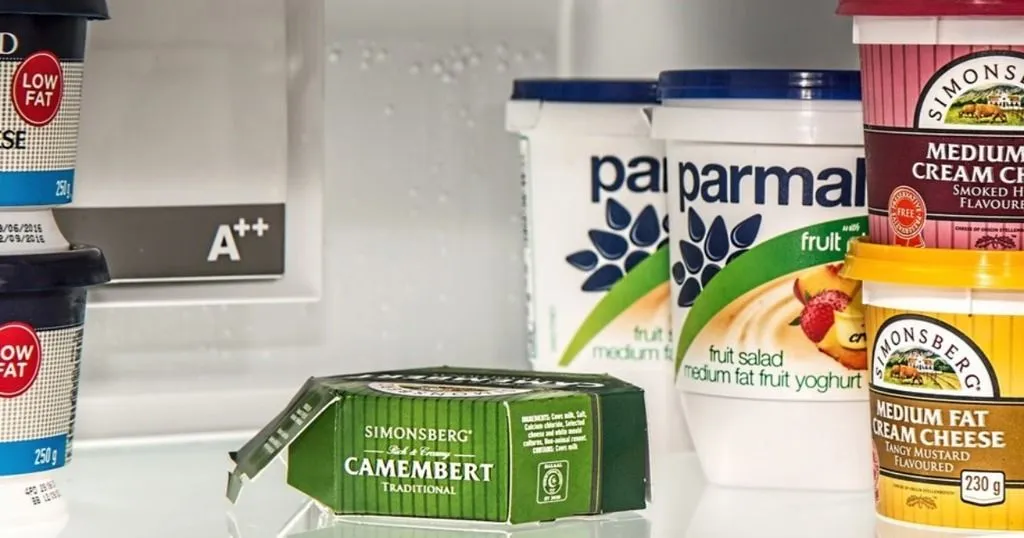
How to study consumer behavior in a kitchen
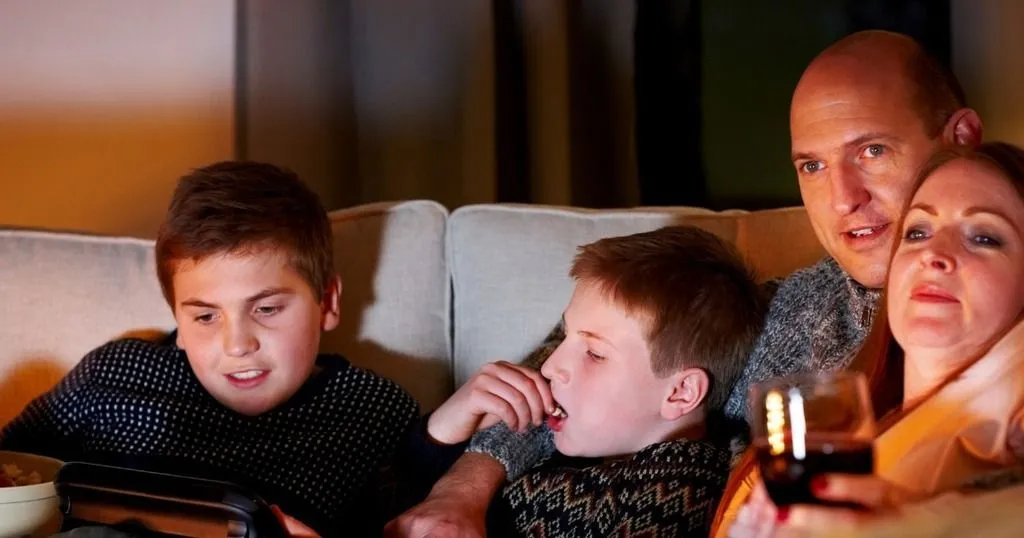
Consumer behavior research in the spotlight: consumption behavior

